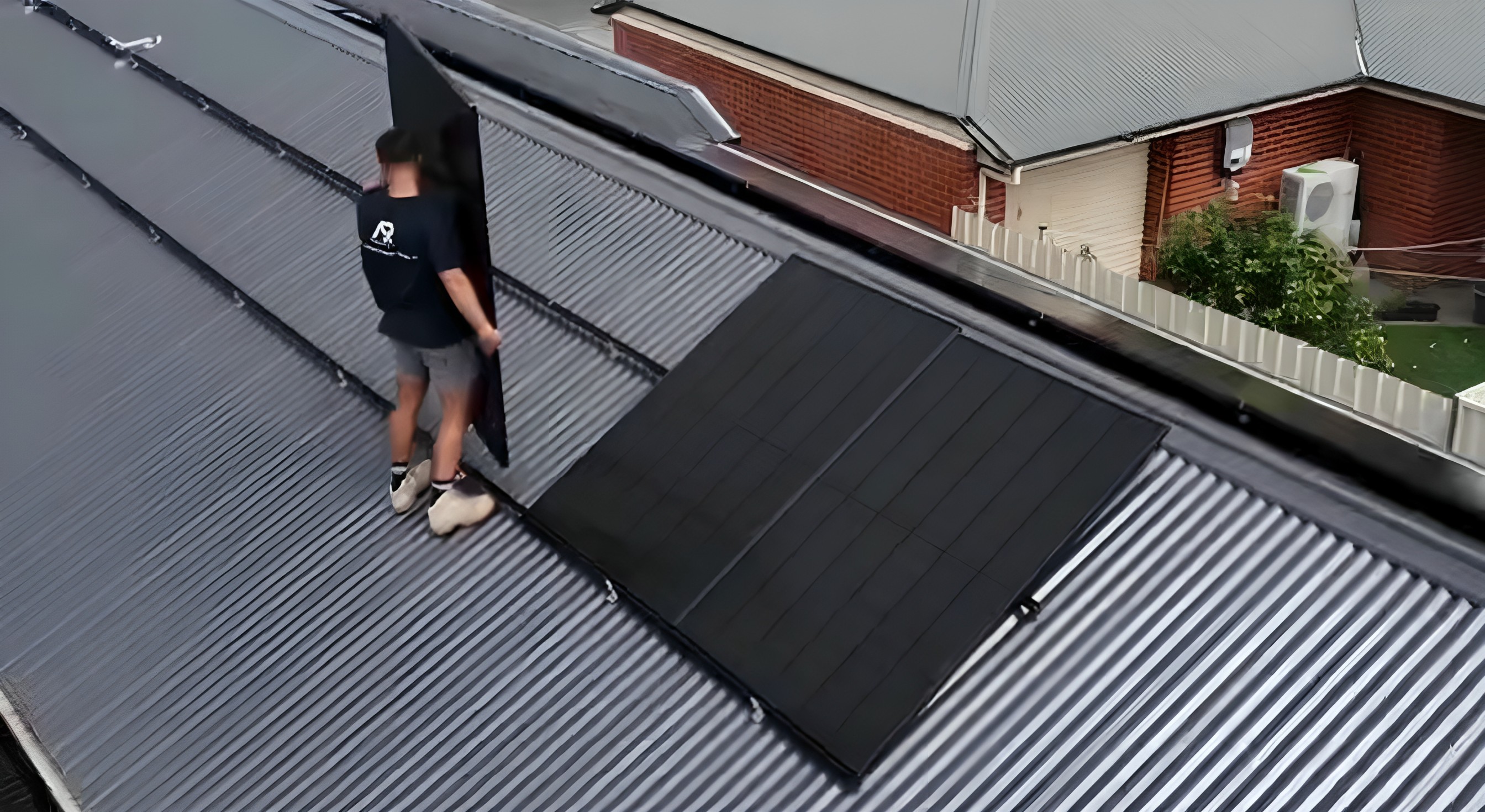
What’s the Best Direction to Face Solar Panels in Australia
Installing solar panels is one of the smartest investments for Australian homeowners. But to truly maximise your energy production and savings, it’s crucial to get one thing right — the direction your solar panels face.
So, what is the best direction for solar panels in Australia, and are there situations where other orientations might be better for your household? Let’s break it down in clear, practical terms.
Why Panel Direction Matters
Solar panels work by converting sunlight into electricity. The more direct the sunlight hits your panels, the more energy they produce.
This means the orientation (direction) and tilt angle of your panels play a major role in how much power your system generates throughout the day and year.
The Best Direction for Solar Panels in Australia: North Facing
In Australia, true north-facing solar panels are generally the best choice for maximum overall energy production.
Here’s why:
1. The sun moves from east to west, but in the southern hemisphere, it travels through the northern part of the sky.
2. North-facing panels receive the most direct sunlight from mid-morning until mid-afternoon.
3. This setup produces the highest total kWh output across the year, making it ideal for households aiming to offset as much of their power bill as possible.
How Much More Energy Do North-Facing Panels Produce?
On average, north-facing panels can generate up to 10–20% more energy than east- or west-facing panels, depending on your location and roof angle.
For example:
1. In Sydney or Brisbane, north-facing panels maximise year-round output.
2. In Adelaide or Perth, north-facing remains optimal, with slight benefits from a slight north-east orientation during summer mornings.
When Is East or West Facing Better?
While north-facing panels produce the most total energy, east or west orientations can still be highly effective, especially if your household energy use is higher in the morning or afternoon.
East Facing Panels
1. Generate the most electricity in the early to mid-morning.
2. Useful for households with high morning energy use (e.g. cooking breakfast, running heating, early showers).
West Facing Panels
1. Generate the most electricity in the mid to late afternoon.
2. Ideal for homes where families return after school or work and use air conditioning, appliances, and lighting in the evening peak.
Financial Tip: East or West for Peak Tariff Savings
In many states, including South Australia and Western Australia, electricity prices are highest in the late afternoon to evening peak. West-facing panels can help you offset these higher rates, potentially saving more money despite slightly lower total daily output.
What About South-Facing Panels?
In Australia, south-facing solar panels are generally not recommended. They receive the least direct sunlight, especially in winter, leading to significantly reduced energy production.
However, if your roof only allows a southern installation, consult a professional installer. In some cases, it may still be viable with:
1. Steeper tilt angles
2. High-efficiency panels
3. Larger system sizes to compensate for reduced output
Combining Multiple Directions for Maximum Benefit
Many modern homes install solar panels across multiple roof orientations to spread energy production throughout the day. For example:
1. East + North + West: This setup ensures your system generates power from sunrise to sunset, helping cover energy use evenly and boosting self-consumption.
2. North + West: Maximises midday and afternoon production, ideal for peak tariff savings.
Your installer can design a layout based on your roof structure, household usage patterns, and financial goals.
Does Panel Tilt Angle Matter?
Yes, tilt angle works hand-in-hand with panel direction. In Australia:
1. The optimal tilt angle is generally equal to your latitude (e.g. ~30° in Adelaide, Perth, Sydney, or Brisbane).
2. Steeper tilts favour winter performance, while flatter tilts slightly improve summer output.
3. Most roof pitches between 15–30° are perfectly suitable for effective solar installations.
Professional installers will adjust tilt frames if needed to optimise seasonal performance for your area.
Final Tips Before Installing Your Solar System
1. Analyse your energy bills to understand when you use the most power
2. Consult a SAA-accredited installer for a personalised solar design
3. Consider adding a battery to store excess daytime energy for night-time use
4. Think about future plans (e.g. EV charging or adding more panels) when deciding your layout
Why Choose AR Energy for Your Solar Installation?
At AR Energy, we specialise in designing solar systems that deliver maximum value for Australian homeowners. We provide:
1. Detailed assessments of your roof direction, shading, and tilt
2. Tailored solar layouts for your unique energy usage patterns
3. CEC-accredited products and SAA accredited installers for long-term performance
4. Honest, local advice without pushy sales tactics
Whether you’re in South Australia or Western Australia, our team is here to help you unlock the full potential of your solar investment.
Final Thoughts
While north-facing panels remain the gold standard for maximum solar output in Australia, east or west orientations can still be highly effective — especially when designed to match your household’s lifestyle and energy goals.
The key is working with an experienced installer to create a system that delivers the best financial and practical results for your family.

.jpg)
.jpg)
